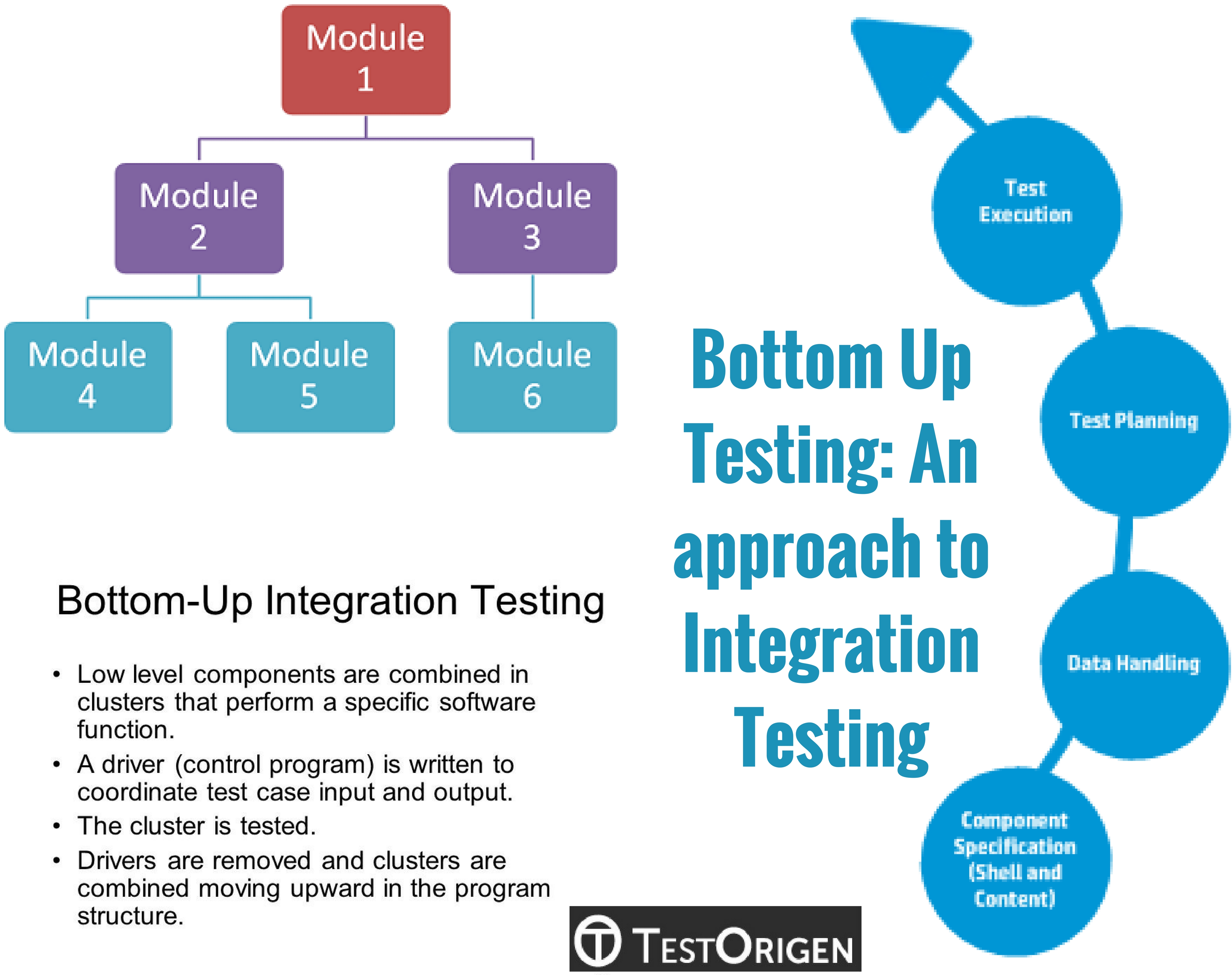Circumstance Studies: System Incorporation Testing in AI Projects
System Integration Assessment (SIT) is a critical phase in the software enhancement lifecycle, specifically for AJE projects where sophisticated systems and several components must work seamlessly together. In AI projects, SIT ensures that diverse system modules and even services integrate properly and function as intended. This post explores the importance of STAY in AI assignments and examines a number of case studies to illustrate its app and impact.
The particular Importance of Technique Integration Testing throughout AI Projects
AJE projects typically involve integrating various parts such as data sewerlines, machine learning models, APIs, and customer interfaces. SIT is usually essential in these tasks to:
Ensure Functionality Across Components: AJE systems often are made up of diverse factors, from data preprocessing and model coaching to deployment and even user interaction. SIT verifies that these kinds of components interact correctly which data flows needlessly to say.
Validate Information Integration: AI designs depend on data by multiple sources. SIT DOWN makes sure that data the use processes are correct, complete, and steady through the system.
Recognize Integration Issues Early on: Detecting integration problems throughout the SIT stage helps prevent costly repairs later in the particular development cycle or even post-deployment.
Ensure System Reliability: Proper the use testing helps ensure that the AI program performs reliably beneath different conditions and use cases.
Aid End-to-End Testing: STAY allows for end-to-end testing of typically the AI system, guaranteeing that the finish solution meets consumer requirements and works as expected.
Case Study 1: Autonomous Vehicle System
Background: A good automotive company produced an autonomous vehicle system comprising detectors, machine learning types for object recognition and path organizing, and a real-time control system.
Incorporation Challenges:
Sensor Blend: Combining data by various sensors (e. g., cameras, LIDAR, radar) required precise synchronization and control.
Real-Time Data Running: The system needed to process and integrate real-time information to make driving decisions.
SIT Strategy:
Component Integration: Testers integrated sensor information with the item detection models and real-time control methods.
Simulated Environments: Applied simulated driving environments to try the system’s respond to various situations and be sure smooth procedure.
Continuous Monitoring: Implemented continuous monitoring in order to detect any particularité in data the usage or system performance.
Outcome: The SIT phase identified problems related to data sync and sensor calibration. Fixing these problems improved the accuracy of object detection and the vehicle’s overall performance.
Case Study 2: AI-Powered Healthcare Diagnostic System
Background: A healthcare company developed a good AI-powered diagnostic program to analyze health-related images and supply diagnostic recommendations.
over here Challenges:
Data Personal privacy and Security: Guaranteeing that patient information was handled firmly while integrating with the diagnostic types.
Model Accuracy: Adding diagnostic models using medical imaging techniques and electronic wellness records (EHR) systems.
SIT Approach:
Files Flow Validation: Tested the data movement between medical the image systems, diagnostic types, and EHR methods.
Security Testing: Carried out rigorous testing to ensure compliance along with data privacy rules and security standards.
User Interface Integration: Verified the the usage of diagnostic outcomes into the user user interface for healthcare professionals.
Outcome: SIT uncovered issues with files encryption and design accuracy under particular conditions. Addressing these issues improved data safety measures and the reliability of diagnostic recommendations.
Example 3: Web commerce Personalization Engine
Qualifications: An e-commerce platform implemented a personalization engine that utilized machine learning methods to recommend goods depending on user habits and preferences.
The use Challenges:
User Info Integration: Integrating end user behavior data by various sources (e. g., website communications, purchase history).
Recommendation Accuracy: Ensuring that the personalization motor provided relevant and even accurate product recommendations.
SIT Approach:
Files Integration Testing: Validated the integration of user data by different sources to the personalization engine.
Performance Testing: Assessed typically the performance of typically the recommendation engine below different load circumstances to assure scalability.
End user Experience Testing: Analyzed the mixing of tips in the user software to ensure a new seamless user encounter.
Outcome: The TAKE A SEAT phase identified issues with data inconsistencies and performance bottlenecks. Resolving these issues enhanced the precision of recommendations in addition to improved the platform’s scalability.
Case Study 4: Financial Scam Detection System
History: A financial institution developed a fraud detection method using AI to be able to identify suspicious dealings and prevent scam.
Integration Challenges:
Purchase Data Integration: Developing transaction data coming from various sources and formats.
Model Incorporation: Integrating fraud diagnosis models with the particular institution’s transaction running systems.
SIT Approach:
End-to-End Testing: Tested the end-to-end movement of transaction data with the fraud diagnosis system.
False Positive/Negative Analysis: Evaluated the particular system’s performance within detecting fraudulent dealings while minimizing false positives and negatives.
Real-Time Running: Verified the system’s ability to process transactions in real-time plus provide alerts.
End result: SIT revealed concerns related to data format inconsistencies and even model performance. Dealing with these issues reduced false positives in addition to improved the system’s accuracy in finding fraud.
Conclusion
System Integration Testing is crucial for your success of AI tasks, as it helps to ensure that various components and even services work collectively seamlessly. The situation studies presented focus on the diverse challenges faced in AI integration and display how SIT can easily address these issues to enhance system functionality, reliability, and user satisfaction. By extensively testing the incorporation of components, AJE projects can deliver robust solutions of which meet user objectives and operational demands.
